AI in Future Transportation :
#ai #aitransport
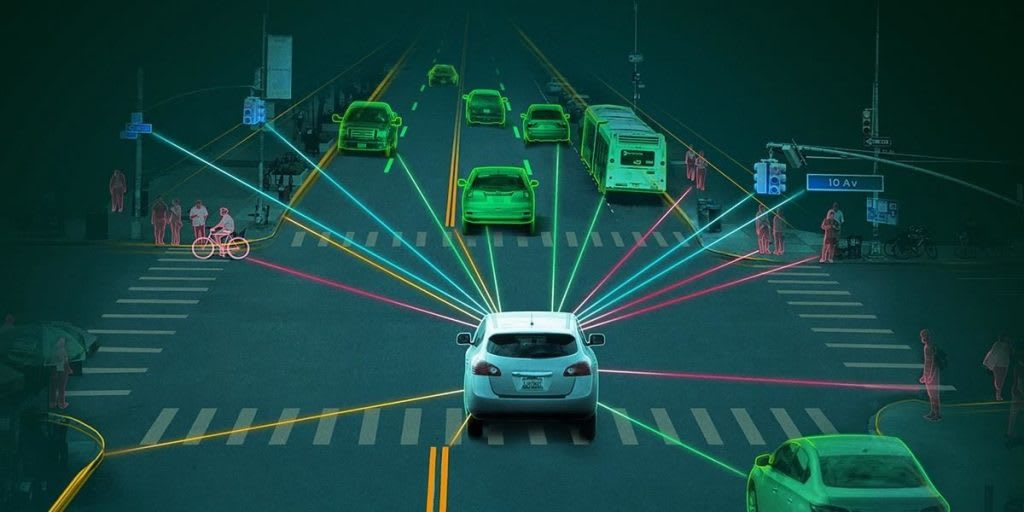
In transportation, AI can be used for a variety of purposes to improve efficiency, reduce costs, and increase safety.
One of the main ways AI is being used in transportation is for autonomous vehicles. Self-driving cars use a combination of sensors, cameras, and other technologies to navigate roads, make decisions, and avoid obstacles. They can also communicate with other vehicles and infrastructure to optimize traffic flow and reduce congestion. The use of autonomous vehicles can reduce accidents caused by human error and increase the overall efficiency of the transportation system.
Another area where AI is being used in transportation is logistics optimization. Companies are using AI-powered robots and drones to sort packages and make deliveries. These technologies can help to optimize delivery routes and reduce transportation costs. They can also be used to track and predict demand, which can help to improve inventory management. Additionally, AI is being used in fleet management to optimize the use of vehicles and reduce costs, such as predicting when vehicles need maintenance and schedule repairs, optimizing routes and schedules, and monitoring driver behavior.
AI is expected to play a major role in future transportation, particularly in the development of autonomous vehicles. These vehicles will be able to navigate roads, make decisions, and avoid obstacles without the need for human input. Additionally, AI can be used to optimize traffic flow, reduce congestion, and improve safety on the roads. Other areas where AI is expected to have an impact on transportation include logistics, fleet management, and public transportation.
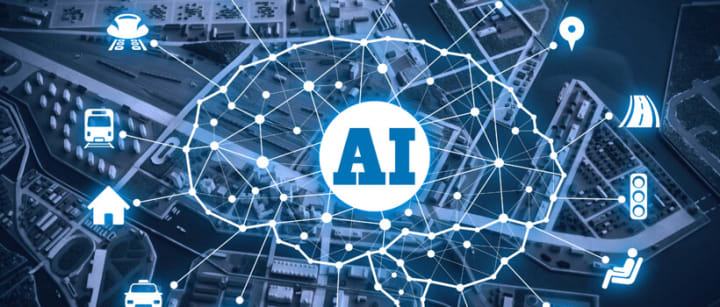
Artificial intelligence (AI) is poised to revolutionize the transportation industry in the coming years. From self-driving cars to intelligent traffic systems, AI is being integrated into a wide range of transportation-related technologies to improve efficiency, safety, and convenience. In this blog post, we will take a look at some of the ways in which AI is being used in transportation today and how it is expected to shape the future of transportation.
One of the most promising areas of AI in transportation is autonomous vehicles. Self-driving cars are already being tested on roads around the world, and they are expected to become increasingly common in the coming years. These vehicles use a combination of sensors, cameras, and other technologies to navigate roads, make decisions, and avoid obstacles. They can also communicate with other vehicles and infrastructure to optimize traffic flow and reduce congestion.
One of the main benefits of autonomous vehicles is that they have the potential to reduce accidents caused by human error. According to the National Highway Traffic Safety Administration, 94% of crashes are caused by human factors such as distraction, fatigue, and impaired driving. Autonomous vehicles, however, are not subject to these types of errors. They can also react faster and more accurately than humans, which can help to avoid accidents. Another area where AI is being used in transportation is logistics. Companies like Amazon and UPS are already using AI-powered robots and drones to sort packages and make deliveries. These technologies can help to optimize delivery routes and reduce transportation costs. They can also be used to track and predict demand, which can help to improve inventory management.
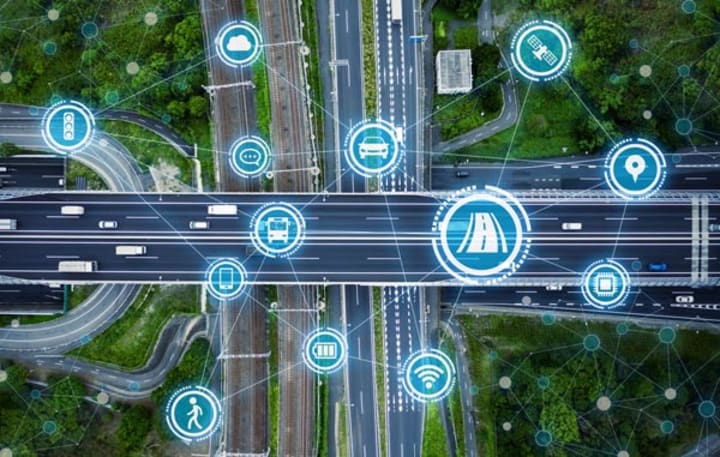
AI is also being used in fleet management to optimize the use of vehicles and reduce costs. For example, it can be used to predict when vehicles need maintenance and schedule repairs, which can help to reduce downtime. It can also be used to optimize routes and schedules, which can help to reduce fuel consumption and emissions. Additionally, it can be used to monitor driver behavior and provide training to improve safety.
In public transportation, AI can be used to improve the experience of passengers. For example, it can be used to predict arrival times and provide real-time information to passengers. It can also be used to optimise routes and schedules, which can help to reduce wait times and improve service. Additionally, it can be used to monitor and analyze data to improve the overall efficiency of public transportation systems.
AI is also being used to improve the overall safety of transportation systems. For example, it can be used to monitor traffic and detect accidents, which can help to reduce response times and improve emergency services. It can also be used to analyse data from cameras and sensors to detect security threats, such as suspicious packages or individuals. Additionally, it can be used to monitor bridges and infrastructure for signs of wear and tear, which can help to prevent accidents.
Despite all the potential benefits of AI in transportation, there are also some concerns that need to be addressed. One of the main concerns is privacy. As transportation systems become more connected, there is a risk that personal data will be collected and used without consent. Additionally, there is a risk that hackers will be able to access sensitive data or take control of transportation systems.
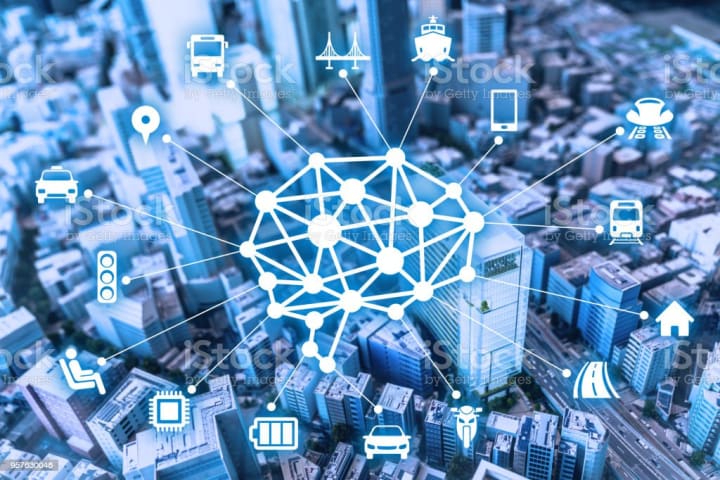
Another concern is job loss. As autonomous vehicles become more common, there is a risk that human drivers will be replaced. This could lead to job loss and economic disruption, particularly in industries that rely heavily on trucking and transportation. there is a concern that AI will be used to control and monitor people, rather than to improve transportation systems. For example, AI-powered cameras could be used to track people's movements, and AI-powered algorithms could be used to influence people's behaviour. This could lead to a loss of privacy and freedom, to address these concerns,
it will be important for governments, companies, and individuals to work together to develop regulations, standards, and best practices for the use of AI in transportation. This could include measures to protect personal data, regulations to ensure the safety and reliability of autonomous vehicles, and programs to retrain workers whose jobs may be affected by the adoption of AI.
AI has the potential to revolutionise the transportation industry by improving efficiency, safety, and convenience. However, it is important to consider the potential risks and to take steps to mitigate them. With the right approach, AI can be used to create a transportation system that is safer, more efficient, and more accessible to all.
About the Creator
ARUNINFOBLOGS
A information content writer creating engaging and informative content that keeps readers up-to-date with the latest advancements in the field.
Most of i write about Technologies,Facts,Tips,Trends,educations,healthcare etc.,


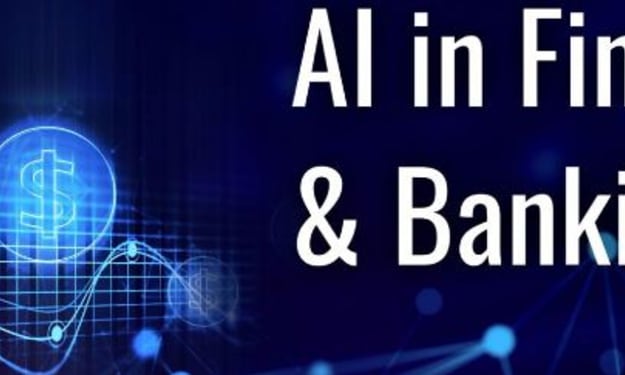

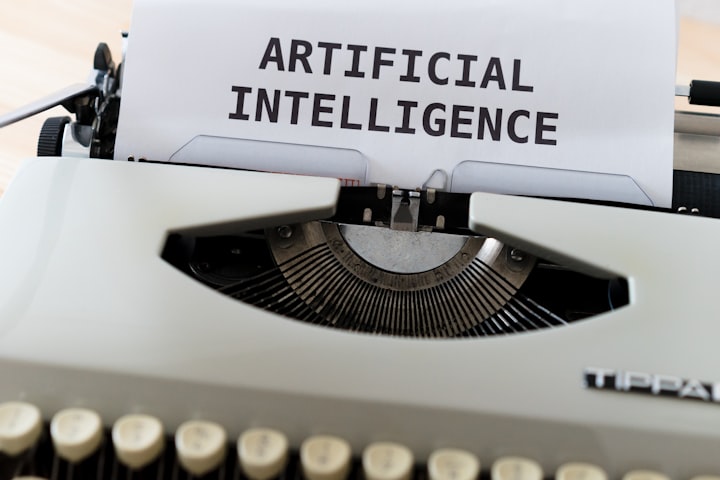

Comments
There are no comments for this story
Be the first to respond and start the conversation.